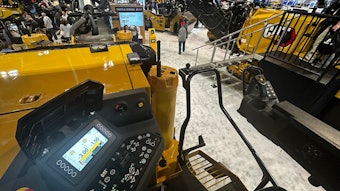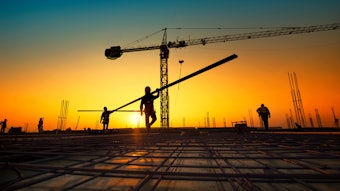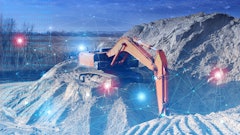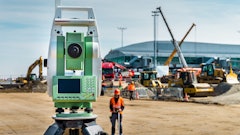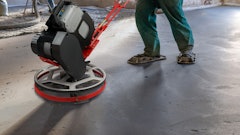
The U.S. Occupational Safety and Health Administration (OSHA) estimates that nearly a quarter of all work-related fatalities occur in the construction industry. And beyond that statistic, are the serious, but non-fatal, accidents that occur on construction sites on a daily basis. Falls, being struck by an object, electrocution, or being caught between objects, are the four most common causes of accidental deaths and serious accidents. Adopting a culture of safety can reduce the risk of these types of accidents.
A growing trend of safety awareness among contractors and legislators is clear. The new generation simply does not accept lacking standards of workplace safety like before. In the construction industry, change is often driven by worker demands on their employers. At the same time, reports from the likes of OSHA shine a spotlight on the safety hazards and risks in the construction industry, which increases pressure to change, as evidenced by the latest mandate for OSHA’s own workers to wear a Type II helmet. These two forces work together to start driving a transition toward safer practices.
This emerging trend is clear regardless of geography. The rise in safety awareness can be observed in many parts of the world, from Scandinavia, the United Kingdom and the United States. Campaigns to raise awareness in the industry are also launched in many countries. In the U.S., the Construction Safety Week, an initiative to “refocus and re-energize efforts to eliminate all incidents on jobsites,” is hosted annually.
In the European countries, there are several similar initiatives. In Sweden, there is a strong trade union commitment to the issue, but there are also nonprofit organizations that focus on coordination, such as Håll Nollan. In Norway, the equivalent is called SfS BA (Samarbeid for Sikkerhet i bygg og anlegg (SfS BA). Lastly, the Hard Hat Awareness Week in the U.K. is another initiative focused on increased safety on worksites.
These types of initiatives show that the sector, regardless of geography, is starting to take responsibility for the increased safety of workers and employees.
In fact, PPE brands are playing an increasingly important role in driving attitudes toward adopting a safety culture. One trend that is testament to the increasing safety awareness is the accelerating shift from Type 1 to Type 2 helmets. Another is that helmet technology is entering the construction and industry with the aim of increasing protection of workers.
With the new generation, digitalization is entering the industry with force. Younger workers expect digital solutions to their problems; and are not afraid to demand it. Today, technology plays a crucial role in improving the safety of workers in the construction sector. As construction safety technology continues to improve, serious workplace injuries and accidents could soon be a thing of the past. The possibilities seem to have no end. For instance, drones are now used at some jobsites to conduct jobsite inspections, instead of putting any actual humans in harm’s way. Many are now putting their hopes in drones to significantly reduce construction worker injuries and deaths.
Beyond this, technologies that make it easier to keep track of staff training, scheduling and staff health are being adopted. Technology can help streamline on-site safety training, by providing a consistent and effective way to impart knowledge and increase awareness. Virtual and augmented reality devices can help improve staff training by simulating hazards and deadly mistakes on the jobsite, something that can equip workers with the skills they need to operate heavy equipment, without putting others at risk.
Another area of rapid development is safety equipment. The range is greater than ever, and competition between brands is encouraging innovation to make workers safer. Many testify to massive workplaces with workers of multiple nationalities and backgrounds who do not know each other on a personal level so simple identification is often difficult. In sum, much is happening in the construction industry. The two major trends of safety awareness and technology adoption work together to drive a coming huge shift in the construction industry. We are already seeing the beginning of the change but given that the industry is among the most dangerous and the least digital means that the pace is set to dramatically accelerate. Together with brands in the construction industry, we want to do our part to make protective equipment smart to meet the growing demands of safety and protection from unions, NGOs, and workers alike. Keeping up with these trends could turn out to be a winning move for brands in the industry.




